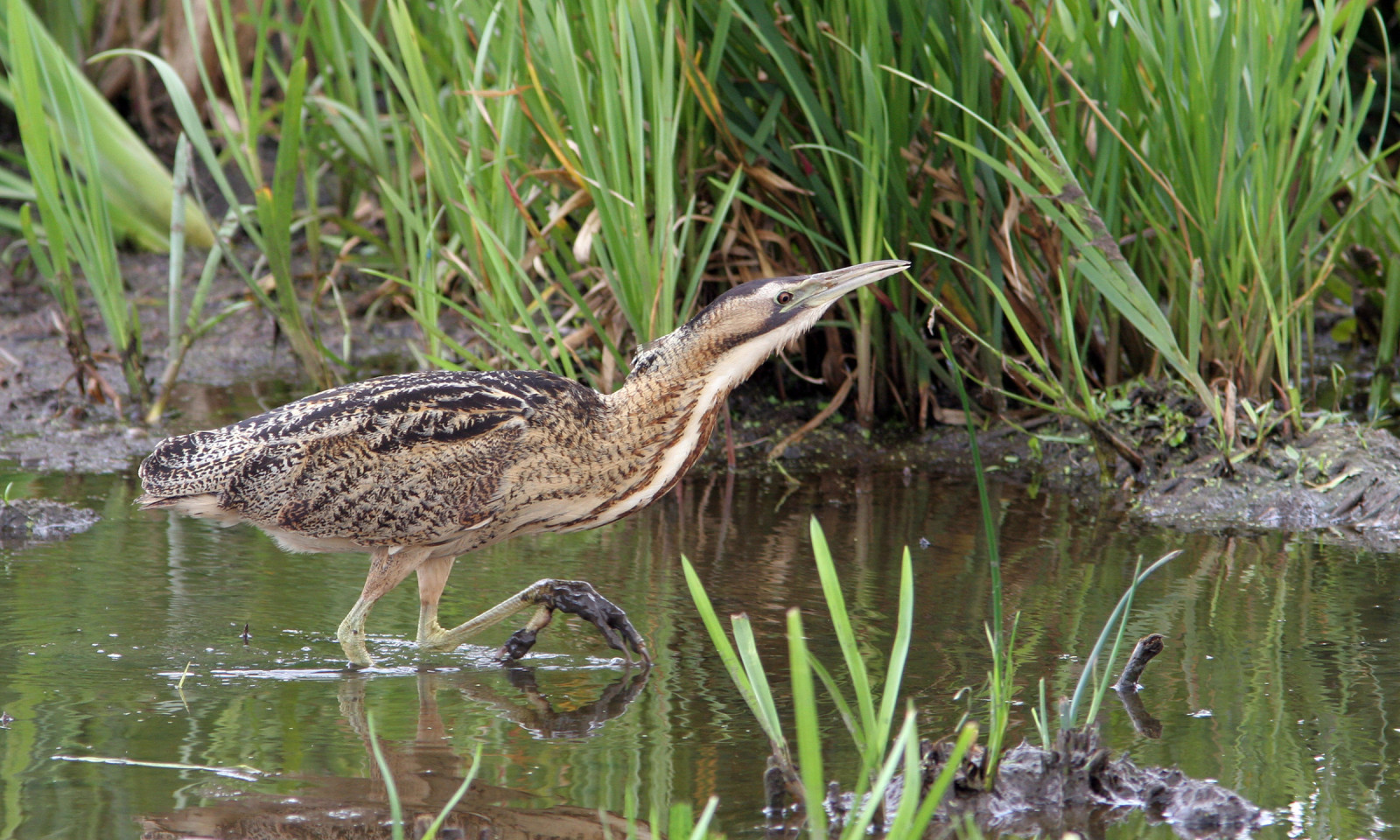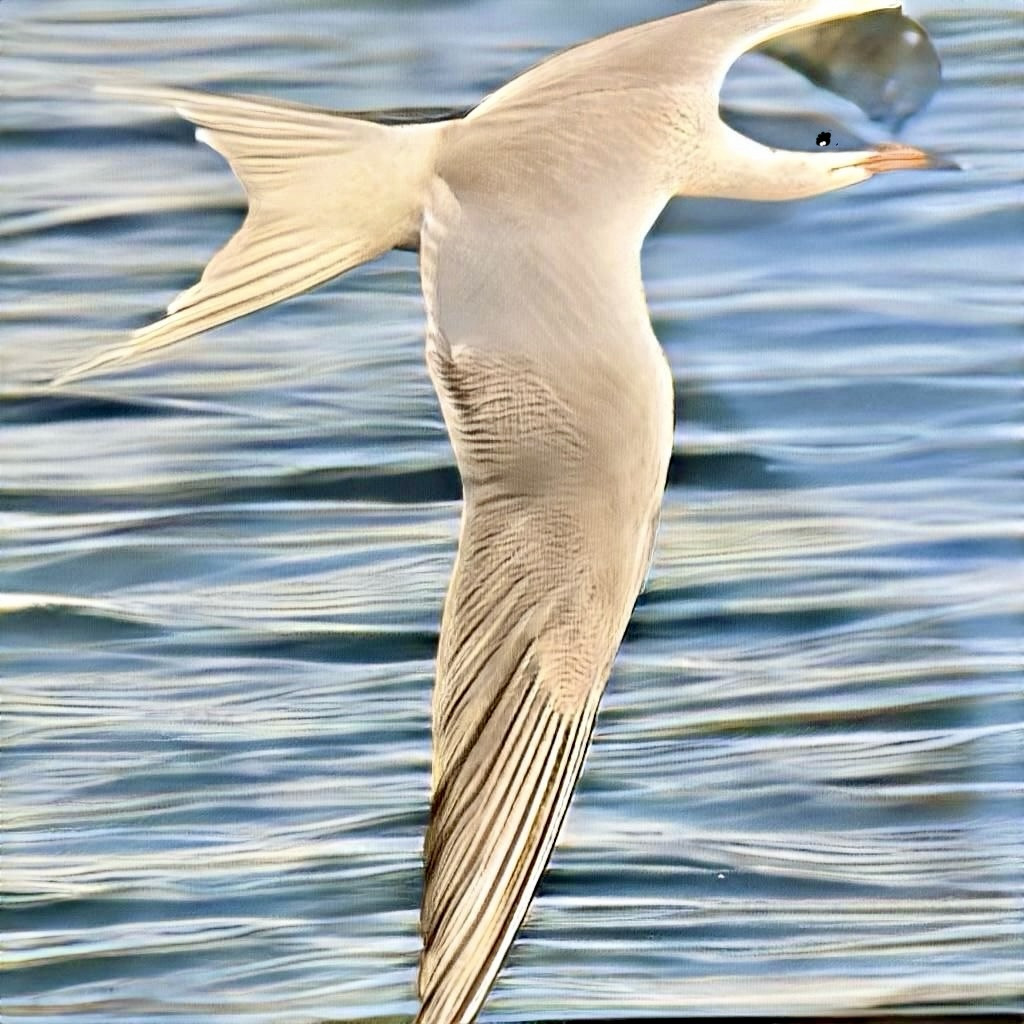Beschreibung
The lake of Boren hosts a large variety of waterfowl. Dabbling ducks are often plentyful in the lake (sometimes numbering in the hundreds) during spring and some of whom stay to breed. During autumn and winter the lake is often dominated by geese (most common are Graugans, Kanadagans, and Saatgans. But often also: Tundrasaatgans, Kurzschnabelgans and Bläßgans), and mergansers (mainly Zwergsäger and Gänsesäger). Among them it is not uncommon to find a few marine ducks (mainly Eisente, Bergente and Trauerente). In the lake Schnatterente, Haubentaucher, Kormoran, Reiherente, Höckerschwan and many more often nest.
The reedbeds in the southern part of the lake are often used by Drosselrohrsänger, Rohrdommel, Schilfrohrsänger, and Rohrweihe. In the north Ziegenmelker and Waldschnepfe can often be heard during the night. There are large amounts of deciduous forest around Sjöboknäppan which attract Tannenhäher, Zwergschnäpper, Karmingimpel and Zilpzalp and many more.
A migration route passes through the lake during the spring migration in May with migrating tern, waders, and gulls sometimes seen in larger numbers. Among these Zwergmöwe and Trauerseeschwalbe are sometimes found. The lake holds often Bläßhuhn, Wasserralle, Zwergsäger, Zwergtaucher and Singschwan during the winter. If the lake is ice-free during this period large amounts of ducks, and geese also winter on the lake. In and around the lake 204 bird species have been recorded.
Details
Zugang
There are many places to get a good wiev of the lake. At Sjöboknäppan there is a birdwatching tower (altought it could be taken down) and an observation plattform. Parking can be done a Sjöbo-knäppan, Borenshults slussar, Uddenäset, and at Borensberg.




